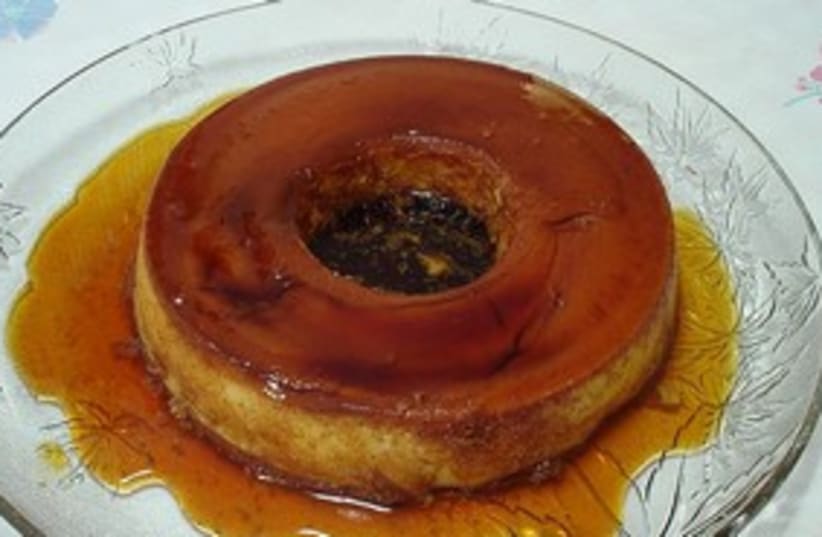Shavuot is fast approaching, and as well as spending time with family and eating cheesecake, the festival is traditionally associated with the mitzva of “bikkurim” – to represent the time when farmers brought the first fruits to the Temple.
Please send us a short description of a "first" which has been significant to you. We also want to see your pictures from the event so please send them in too.Email stories and pictures to lifestyle@jpost.com
